

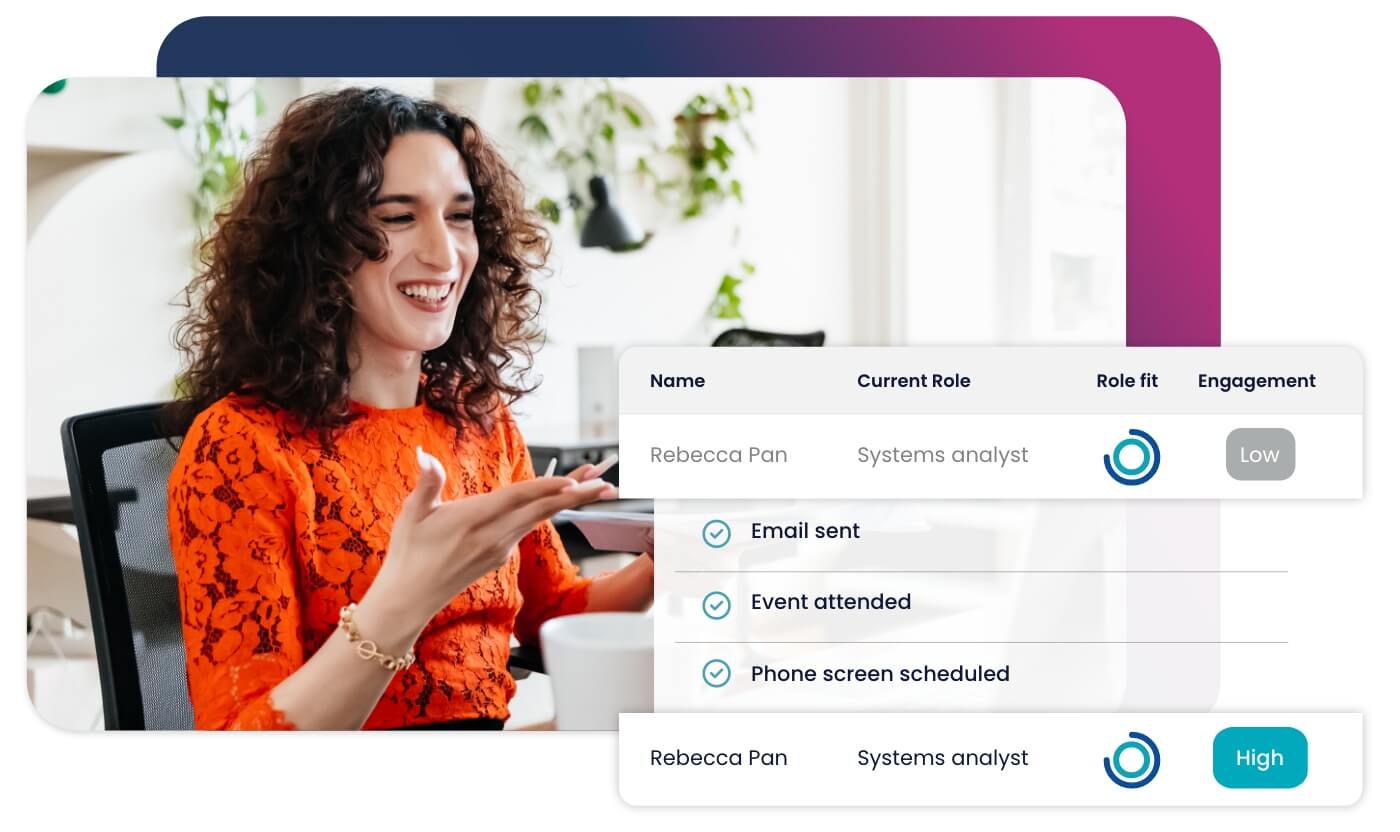
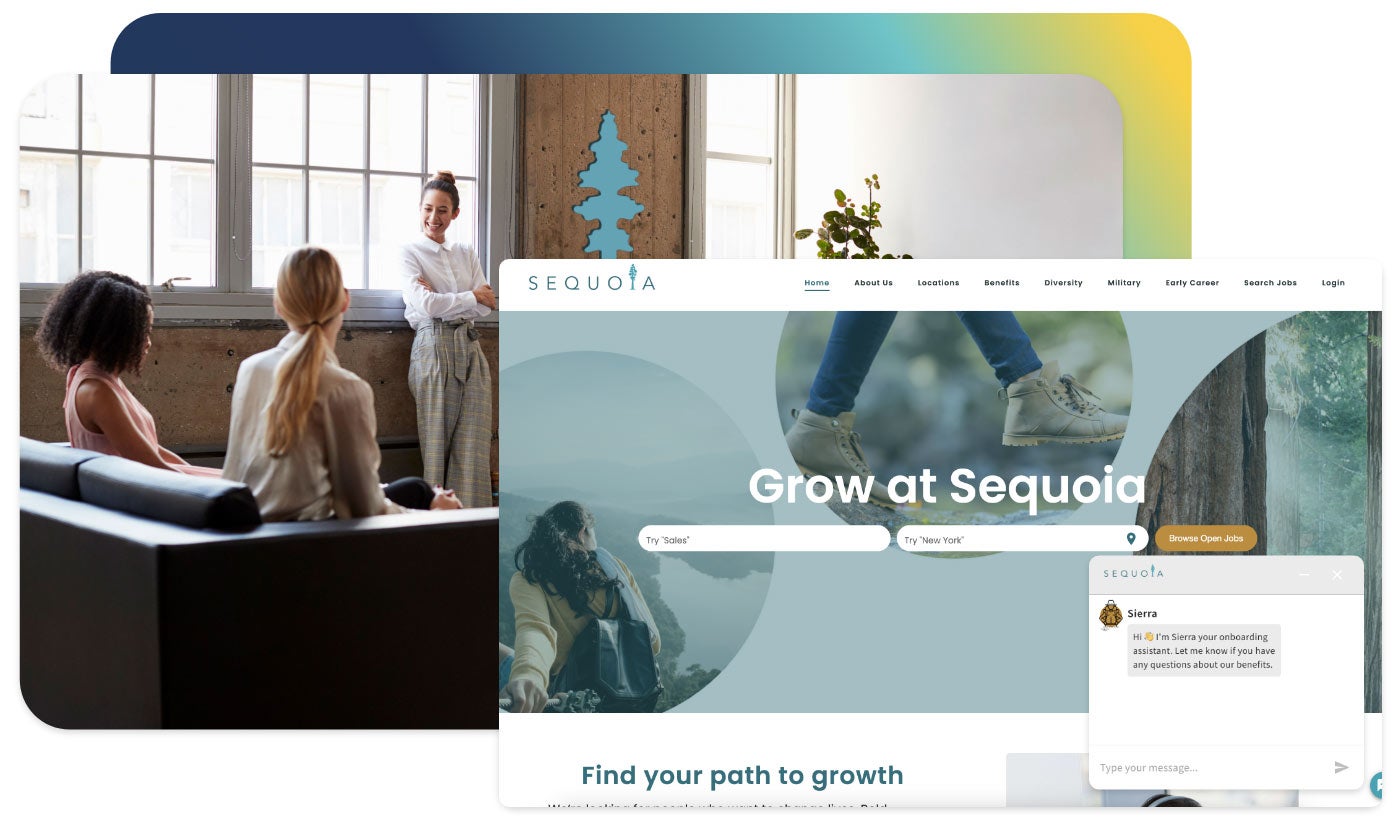


Accelerate hiring key talent to deliver care and exceed patient satisfaction.

Attract skilled candidates, speed up hiring and grow expertise in your workforce.

Simplify recruiting finance and banking talent with a platform for hard-to-fill roles.


Build a talent pipeline that engages and drives your business forward.


See how diverse and global enterprises use iCIMS to employ millions, drive innovation and connect communities worldwide.

Uncover unique market insights, explore best practices and gain access to talent experts across our library of content.


View press releases, media coverage, the latest hiring data and see what analysts are saying about iCIMS.

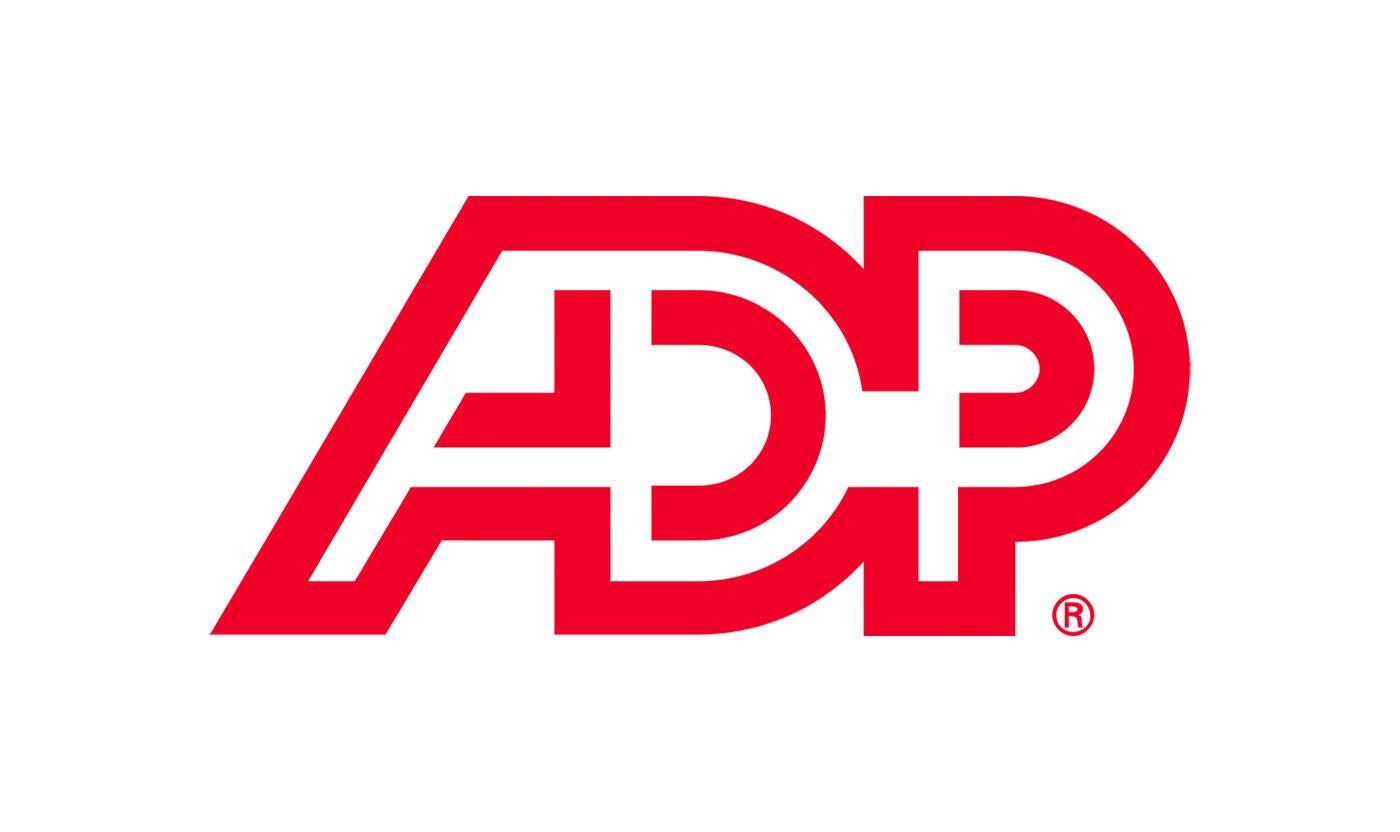
Streamline your tech stack and take advantage of a better user experience and stronger data governance with ADP and iCIMS.
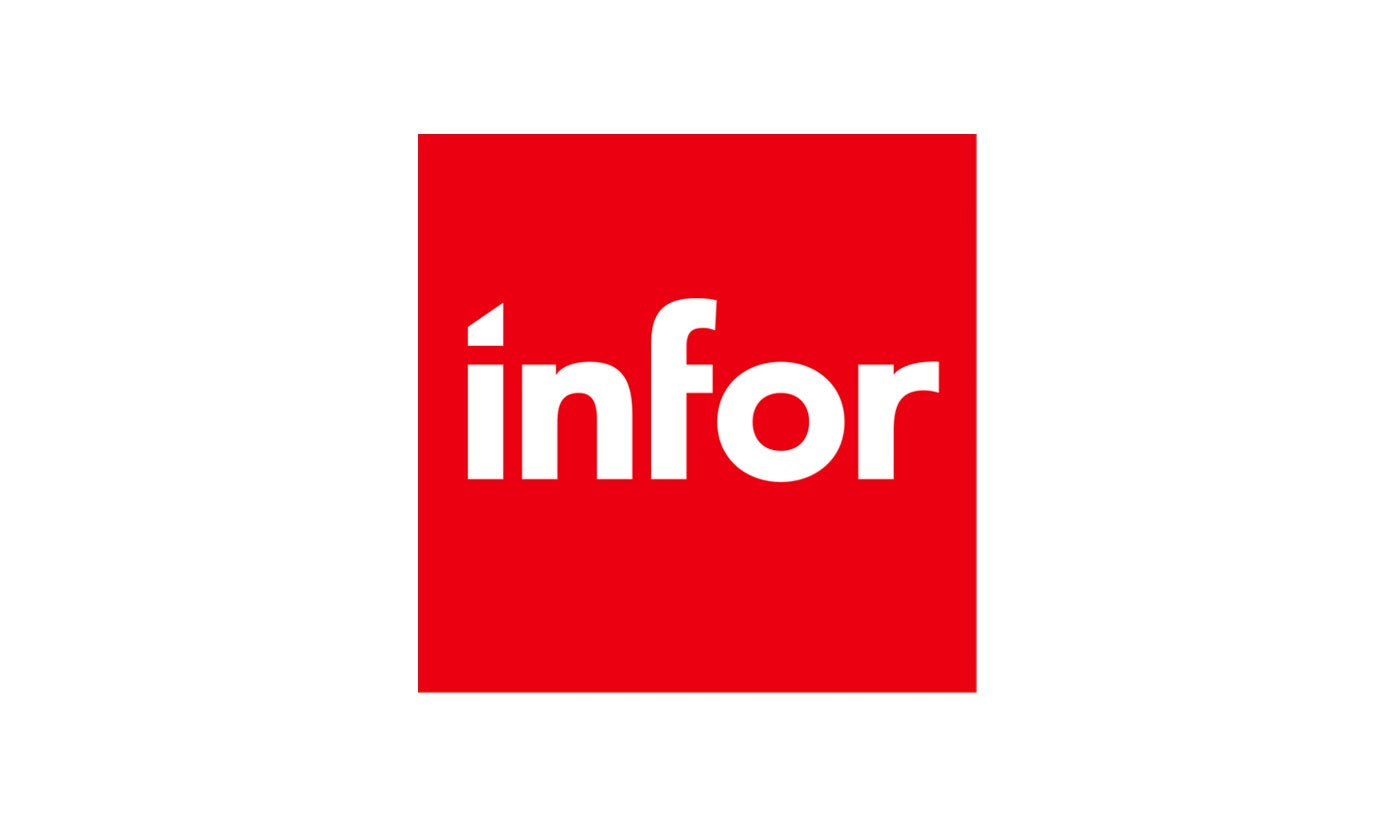
The combined power of iCIMS and Infor helps organizations strategically align their business and talent objectives.
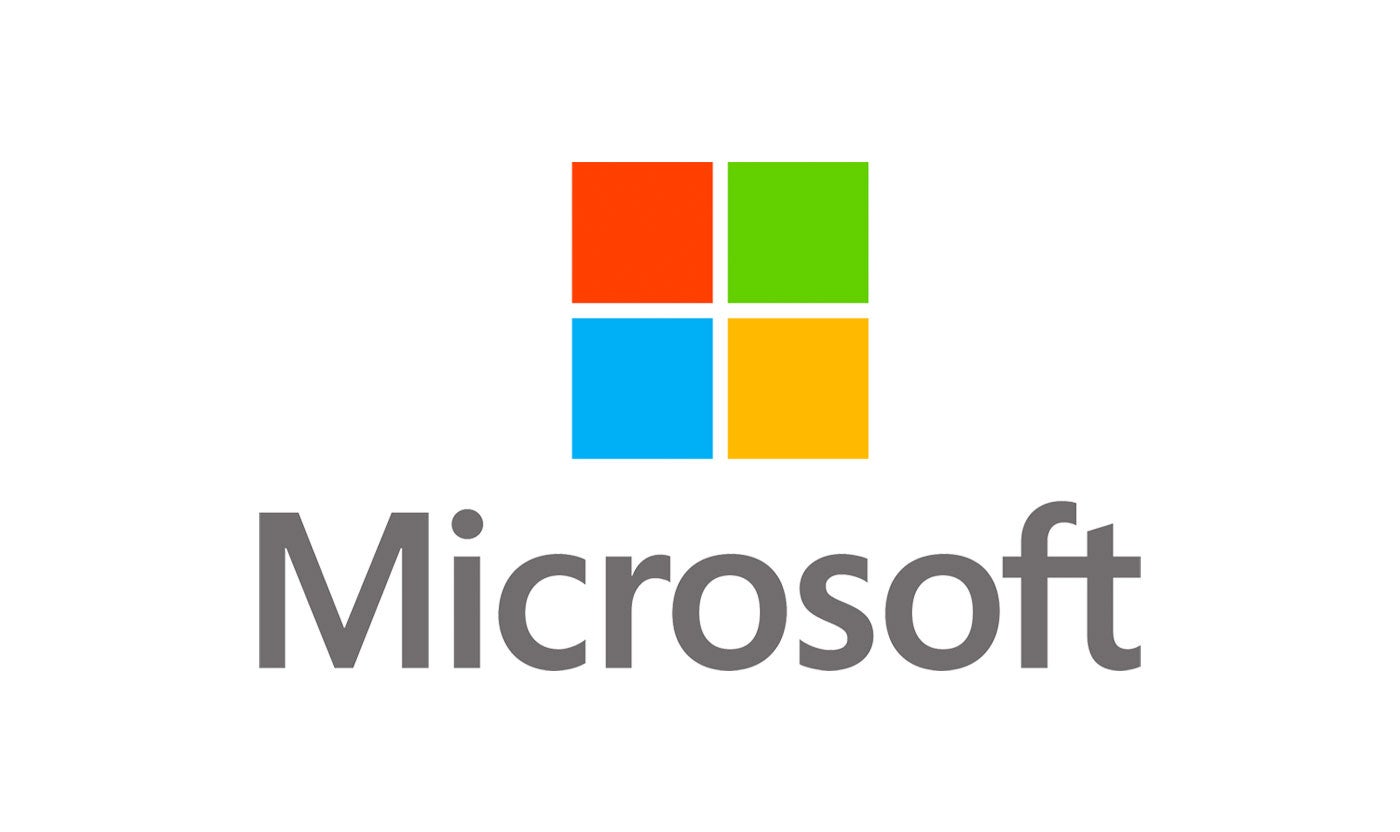
Our award-winning partnership with Microsoft is grounded in a shared desire to transform the workplace and the hiring team experience.
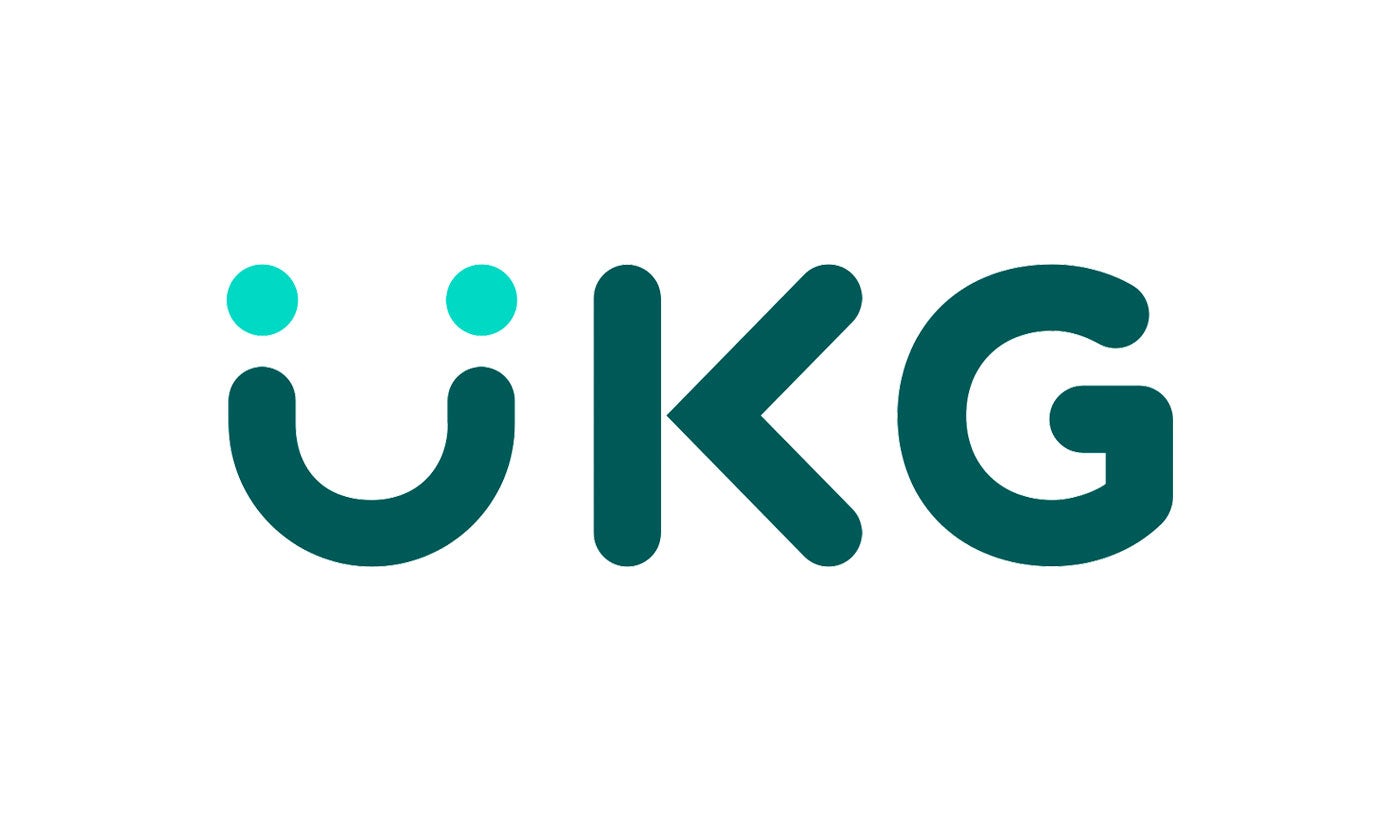
Our partnership with Ultimate Kronos Group (UKG) supports the entire talent lifecycle by bringing frictionless recruiting solutions to UKG Pro Onboarding.

The final days of a candidate’s experience can feel like a sugar high. There’s the tug of war of negotiating offer letter terms, messages of welcome and congratulations, and the excitement of finally saying yes.
Then comes the cliff: your new hire’s start date is several weeks out. It’s radio silence. Your new hire is excited to get started, but not sure what to do in the meantime. Days go by. The thrill of starting a new adventure quickly turns to uncertainty.
In the absence of communication, your new hire starts to wonder if they made the right choice— “Am I really going through with this?”
They’re not sure what to wear for their first day.
Where do I park?
Should I bring my own lunch?
Experiences like this one are common. We’ve likely all felt this way at some point. Collectively, we’ve come to accept that’s just the way it is. But should we?
Onboarding is essential because it represents the transition from candidate to employee. Designed to get new hires assimilated and trained, onboarding can sometimes go off the rails and do more harm than good. When onboarding fails, it’s usually for one of two reasons:
One of the biggest complaints from job seekers is they don’t hear back from employers. In fact, 56% of applicants screened out never receive a response. As new hires, 40% say they’ve experience a lack of communication between the time they accepted a job and their first day of work. The same lack of communication that makes for a crummy candidate experience makes for a tense, anxious new hire experience. New hires read into this, and it reflects poorly on your company.
Starting a new job is daunting. We leave an old, familiar world for one that’s entirely new and unknown. This is why the transition from candidate to new hire is so important. A good candidate experience gets new hires excited to jump into their roles and start making an impact; don’t kill their enthusiasm by making the new hire experience tedious and overwhelming. Rough transitions can lead to buyer’s remorse and deflate new hire’s expectations – a poor way to start what’s hopefully a long and productive tenure.
Poor onboarding erases the positive experiences someone had with your company up until that point. So much so, that one in three new hires look for new employment within their first six months on the job. Many factors contribute to employee retention; they start during onboarding.
1. Focus onboarding on your organization’s culture, brand, and values. Your new hires spent a lot of time talking to your recruiters about what it’s like to work for your company. Onboarding is the time to reassure them that they made the right choice. Show them what approach and values will help them get ahead and contribute to your company. Use employee-generated content, including testimonials and videos, to show off high-performers and set a good example.
2. Set new hires up with a mobile-optimized employee onboarding portal. Make it easy for new hires to learn more about your organization and quickly find answers to commonly asked questions. Include information on your company, their new team and role, products and services, benefits, upcoming events, and first-day logistics, such as what to bring and where to park.
3. Include recruiters and hiring managers in the onboarding experience. Being a new hire is lonely – in fact, up to 40% of adults report feeling lonely at work. Friendly faces should make an appearance throughout the onboarding experience. In fact, high-performing organizations are more likely to involve hiring managers in the onboarding process.
Getting ready for a single new hire takes a village. HR, Finance, IT, hiring managers, and individual teams all work in concert to make sure tasks get assigned and accomplished before new hires arrive. With so many touchpoints, it’s no wonder that new hire logistics take time and are prone to error. The worst thing you can say on a new hire’s first day is, “oops, we forgot.”
That’s the beauty of automated employee onboarding software. It takes care of repetitive tasks and handles the communication between teams. Everything – laptops, onboarding packets, paperwork, training resources, etc. – is set up and ready for new hires on their first day. There is no last-minute, day-of scramble. New hires have everything they need to hit the ground running.
Here’s how:
Centralized reporting is the key to optimizing your onboarding program. Data is poor when it sits isolated in pockets around the business. It’s strong when it follows new hires throughout the employee lifecycle – from the time they’re candidates through their departure.
Here are the metrics to focus on during onboarding:
1. Time to productivity. When employees come up to speed quickly, it’s an indication they’re completing relevant training in a timely manner. If in six months your new hires seem almost as lost as they were in their first few weeks, chances are there are gaps in your onboarding process.
2. New hire retention rate. More than half of employees who leave their job do so within the first 12 months [Equifax]. If new employees don’t stick around long, chances are they’re not making connections or finding meaning in their work. In addition to training, one of the goals of effective onboarding programs is to make candidates feel like they’re a part of the organization.
3. New hire error rate. New employees are always going to make mistakes. Keeping a pulse on the frequency of errors and how often the same mistakes are repeated tells you where to focus on talent development.
4. New hire referrals. Happy employees refer people in their networks. Referrals from new hires are an indication these employees are bought into your company culture and see long-term potential with your organization.
Your recruiters created a winning candidate experience. That shouldn’t end when the offer letter is signed. A quick hand-off from talent to HR is a missed opportunity. Here’s what to remember:
Set candidates up for success before their first day with a strong onboarding program.
Recruiting and HR play important roles in onboarding new hires. iCIMS Onboarding – used by approximately 2,000 companies, including Foot Locker, Fulton Financial, and Hard Rock International – seamlessly integrates into onboarding solutions from leading HCM providers, including ADP, Oracle, Ultimate Software, and Workday.
Want to learn more? Download our complete New Hire Checklist.




